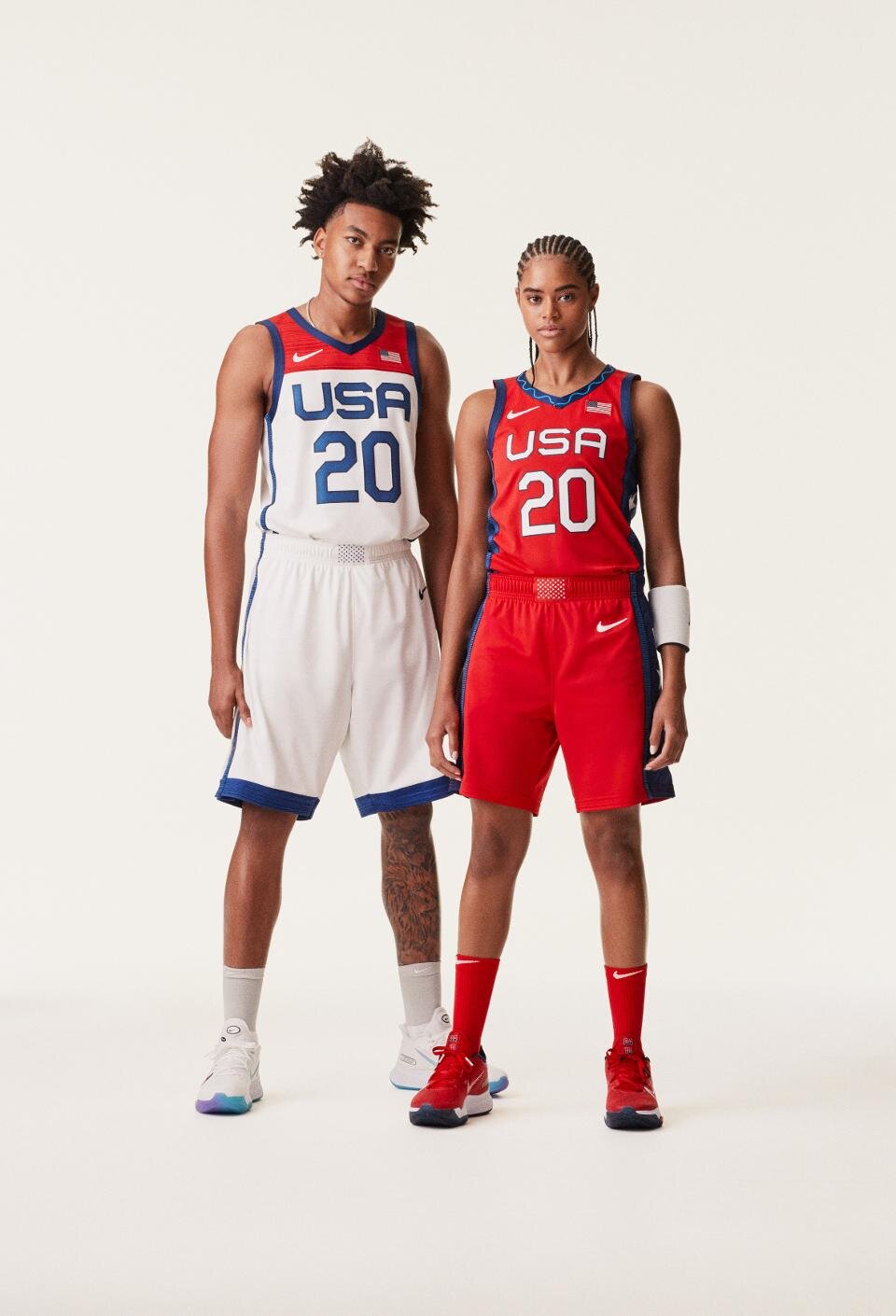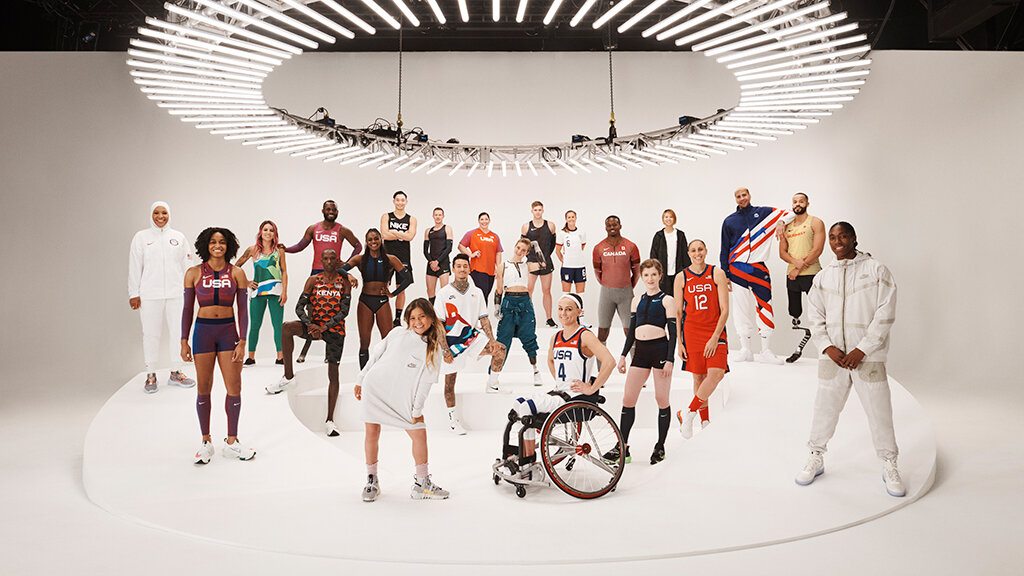Nike: Looking Past What Could Have Been To Focus On What Is Now
It shouldn’t come as a shock to anyone when I say that Nike needs no introduction. The sportswear empire, which made its first public appearance in 1980, has set the standard for the entire industry one sneaker at a time. To no one’s surprise, it doesn’t seem to be slowing down anytime soon.
Tennis powerhouse Serena Williams, three time NBA Championship winner King James (that is, LeBron James), and the entire United States Women’s National Soccer Team are just a few names in the Nike family. No matter who they decide to take on, Nike always seems to be attached to victory. Even Roger Federer, one of the greatest tennis players of all time (with Anna Wintour as his number one fan, how could he not be?), couldn’t seem to let go of his Nikes after signing onto a partnership with Uniqlo.
Whether you’re a sports fanatic or not, the increasing popularity of athleisure has made it almost impossible to go about your day without laying your eyes on the famed “swoosh.” And although Nike, just like the athletes it represents, moves fast—releasing new collections and campaigns almost every month—it never gets too comfortable at the top.
Nike models show off the Team USA medal stand attire designed for the 2020 Tokyo Olympics. Image via
The simple, yet elegant, chevron front design creates a flattering frame for men and women alike. Image via
The 2020 Olympic Games were the perfect opportunity for Nike to remind the world just how monumental they can be. With the push for sustainability spreading quickly, every member of the garment industry is working to find ways to do their part to save the environment. Nike decided to take a stab at this challenge with their recent release of uniforms for the US men’s and women’s basketball teams as well as soccer jerseys for the US, Korean, and Nigerian teams. Paired with an all-inclusive medal stand and training apparel, it seems to me like these teams couldn’t have gotten a better deal.
In Nike’s newly invented polyester you can find anything from recycled plastic bottles to rubber and yarn waste from their own factories. Even the design of the new VaporMax sneakers, made with 75 percent manufactured waste, was said to have been influenced by waste piles. That’s right, waste piles. And if that’s not good enough news for you, the company reported that as a result of their active waste reduction they have managed to cut down their carbon emissions by about 30 percent.
Let’s just say Leo would approve.
Nike’s newly released VaporMax designed for gold medals only. Image via
The innovation, however, does not stop there. Since Nike is all about finding the balance between fashion and function, they also took the athlete’s “on-the-go” schedule into consideration. The footwear’s Flyease technology not only allows the shoes to become one with the wearer, but also allows wearers to slip on their shoes without the hassle. Additionally, in preparation for the Tokyo summer heat, all of the clothing was designed to be as lightweight and breathable as possible. How thoughtful (she wrote in the most non-sarcastic way possible).
Nike has been so deliberate that they applied their new eco-friendly techniques to even the smallest of details. Recycled waste rubber, dubbed Nike Grind, makes up the clothing’s zipper pulls, Olympic emblem, and logo. The power of Nike Grind was also applied to the drawstring cords, zipper pulls, and iconic swoosh that adorns the uniforms. They really thought of everything. At this rate, it wouldn’t be totally unreasonable to say they’re starting to reach levels of detail comparable to haute couture.
Nike prepares incoming skateboarders for victory as they take on the Olympic Games for the first time. Image via
Still, my award for Most Exciting Piece in the Release probably has to go to the brand’s, for lack of a better word, cool skateboarding design, which is sure to stun viewers at the sport’s debut in the Olympics. Dutch visual artist Piet Parra worked alongside Nike’s Chief Design Officer John Hoke and team to create colorful and unique abstract designs, which are intended to celebrate some aspect of each country’s sport history. Once again, the attention to detail blows my mind.
Before you read any further, I give full disclosure that the world of skateboarding is almost completely foreign to me. The most I know about the sport is Tony Hawk’s significance to it and hearing people use the phrase “popping an ollie.” It doesn’t take a diehard fan, however, to notice that most skateboarders don’t tend to be in favor of uniforms when they’re getting in the zone to, forgive me if I’m wrong, “pop an ollie.” Therefore, much like how the collection’s medal stand shoes were designed to accommodate the athletes, the Bruin React sneakers are designed to allow skaters to feel one with the board underneath them. This way, even with the unfamiliarity of uniforms, skaters can feel one with the board. And of course, Nike’s sustainable designs also apply to their fancy new get-up. Compared to the other uniforms Nike has put out, those of skateboarding seem to have the most variations.
The women of Team France will fashion gorgeously red fitted jumpsuits, popular to American youth in the ‘60s, while Brazilians take on comfortable leggings, shorts, and jerseys, an obvious ode to the significance of football in the country’s culture. You’ll never catch me rooting for anyone other than team USA, but I’ll admit, Parra’s playful designs for both France and Brazil come close to making me question my loyalty.
But what happens if this glorious collection never gets to see the light of day?
COVID-19
Turning Nike Air Into Safe Air
Although certainly unfortunate, the postponement of the Olympic Games came as no surprise to anyone when Japan’s Prime Minister Shinzo Abe made the announcement in March.
Don’t get me wrong, I love talking about fashion as much as the next person, but it would be irresponsible of me not to address the severity of what is happening in the world right now—COVID-19. Since 1896, when the first modern Olympic Games were held, there have only been three cancellations, all due to war, which goes to show that the Games’ cancellation was not taken lightly. Athletes, who have spent a lifetime training for this once-every-four year event, will have to take a step back. Japan, which according to Japan Times has already invested $12.6 billion in preparation for the games, will face a devastating blow to its economy. Even so, what has happened over the course of the past few months has, hopefully, given the whole world a new perspective on what really matters—taking care of others.
NIKE, Inc., will provide an additional $1.6 million to help local organizations meet immediate needs…Our people and our communities have always been at the core of who we are and what we do. Nike’s leaders, the Nike Foundation and Nike have committed more than $17 million to COVID-19 response efforts around the world. —Nike Community Response, via.
Nike Air technology. Image via
There is no doubt that Nike has dominated in its work from the start, and they’ve shown how much thought and care goes into what they do through their endless collection of clothing and shoe designs. But now they’re stepping into uncharted territory. Their skilled teams have joined forces to build Personal Protective Equipment (PPE). Furthermore, the company has discovered a way to engineer full-face shields and powered air-purifying respirator (PAPR) lenses for protection using Nike-owned materials.
As Nike works hard with health professionals to take care of the doctors, nurses, and other honorable members on the frontlines, please take care of yourselves. Reach out to loved ones. Listen to stay-at-home orders, practice social distancing, and wash your hands.
Just do it.

















